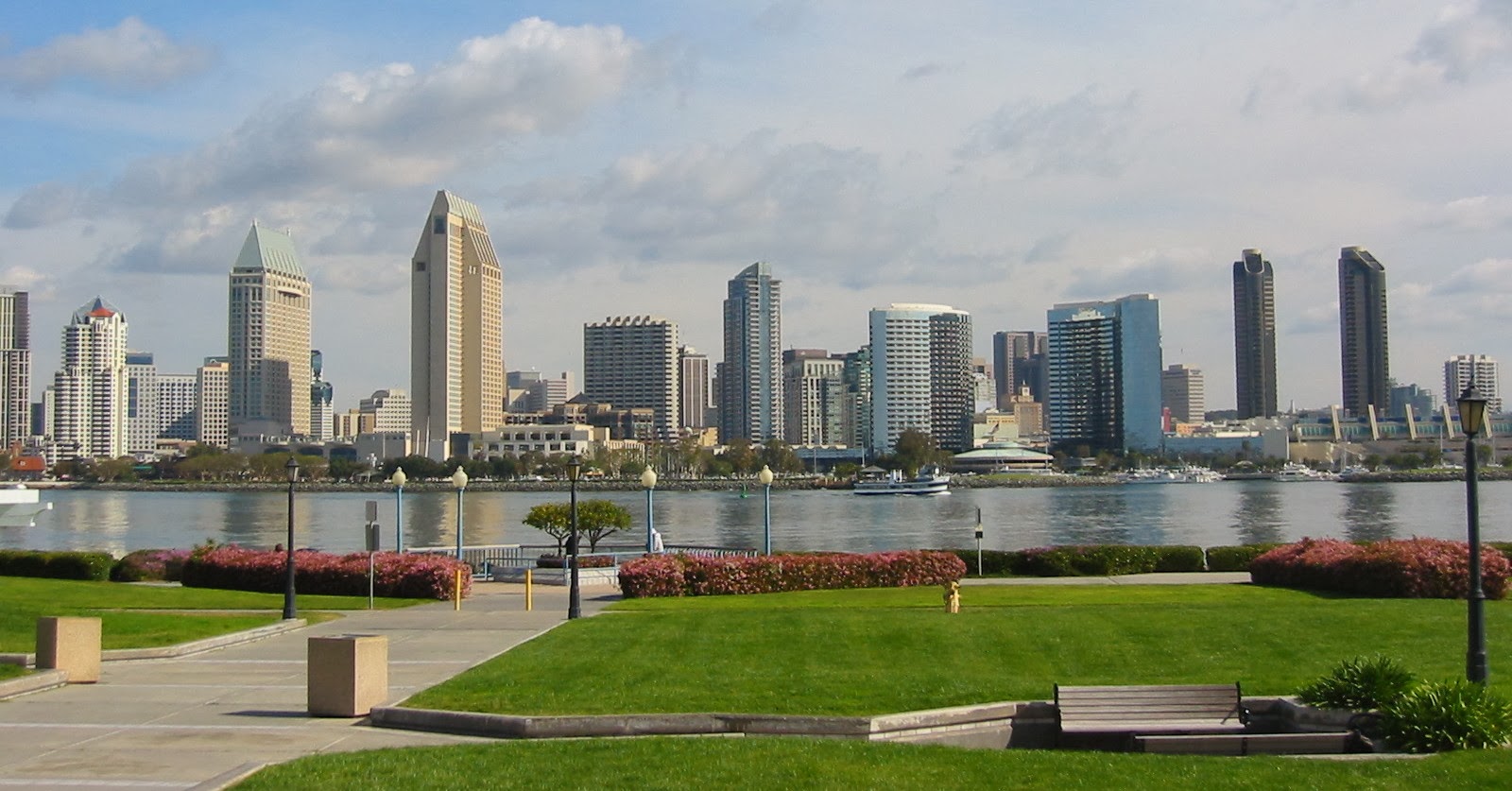In the last few posts, we have discussed the new IRS repair regulations and the first safe harbor to these new regulations, the de minimis safe harbor.
In this blog, we will discuss another safe harbor to the new IRS repair regulations, the small taxpayers safe harbor.
Under this safe harbor, a qualifying taxpayer may expense the repairs, maintenance, improvements, and similar activities in the year the expense is incurred, as long as certain conditions are met.
Who counts as a "small taxpayer"?
To be considered a small taxpayer, in this context, you must have annual gross receipts for the 3 preceding years of less than $10 million.
However, if you have been in business for less than 3 years, then you will determine your average annual gross receipts for the number of years, including any short taxable years, that you have been in the business. For short taxable years, you must annualize the gross receipts.
What buildings are eligible?
In order for a building to qualify under this safe harbor, the original unadjusted basis (i.e., the purchase price of the building) basis must be $1 million or less. In addition to commercial buildings, single family residences, and multi-family residences, the definition of building includes, condominiums, cooperatives, or leased buildings or leased portions of a building.
What other conditions have to be met?
The aggregate cost of all the repairs, maintenance, improvements, and similar activities cannot exceed the lesser of $10,000 or 2 percent (%) of the unadjusted basis of the building.
This test is applied on a building by building basis.
How are qualifying expenditures treated?
If a taxpayer meets all of the above-listed qualifications, then the amount he/she spends on repairs, maintenance, improvements and other similar activities are able to be deducted that year.
What happens when the expenditures are greater than the safe harbor amount?
Like I mentioned before, the aggregate cost of all the repairs, maintenance, improvements, and similar activities cannot exceed the lesser of $10,000 or 2% of the unadjusted basis of the building. If it does, even by $1, then this safe harbor cannot apply to any of the expenditures related to that building.
How does a taxpayer claim the protection of the de minimis safe harbor?
If a taxpayer wishes to take advantage of the de minimis safe harbor, they must file an election with the IRS by attaching a statement to their timely filed original federal tax return, including extensions, for the taxable year the safe harbor is being claimed. The statement must include:
- The title "Sec. 1.263(a)-3(h) Safe Harbor Election for Small Taxpayers";
- The taxpayer's name;
- The taxpayer's address;
- The taxpayers identification number; and
- A description of each eligible building property to which the taxpayer is applying the election.
If the taxpayer is a partnership or an S corporation, then the election must be made at the entity level.
Examples of the Small Taxpayer Safe Harbor
Example 1
Adam, a qualifying small taxpayer, owns an office building. Adam has an unadjusted basis of $850,000 in the building and during 2014 incurs $9,000 of repair, maintenance, improvements, and related expenses.
The building has an unadjusted basis of less than $1 million, so it is a qualifying building. Similarly, the aggregate expenses of $9,000 is less than $10,000 or 2% of the unadjusted basis of the property ($17,000). Therefore, if Adam elects to make the safe harbor election for small taxpayers", he may deduct the entire $9,000 in 2014.
Example 2
Barry, a qualifying small taxpayer, is a real estate investor. He owns 2 rental properties, House A and House B. House A has an unadjusted basis of $350,000, and House B has an unadjusted basis of $400,000. In 2014, Barry spends $8,000 in repair, maintenance, improvement, and related expenses on House A. Similarly, he spends $7,000 in repair, maintenance, improvement, and related expenses on House B.
Both buildings have an unadjusted basis of less than $1 million, so they are both qualifying properties.
While Barry spend less than $10,000 on House A, the $8,000 he did spend is greater than 2% of the unadjusted basis of the property ($7,000) so he is not eligible to make the safe harbor election for small taxpayers for his House A expenditures.
However, Barry is able to make the safe harbor election for small taxpayers for House B. Barry only spent $7,000 on House B in 2014, which is less than $10,000 and 2% of the unadjusted basis in teh property ($8,000).
If you have any questions about the small taxpayers safe harbor, or about the IRS's new repair regulations in general, please send me an e-mail.


No comments:
Post a Comment